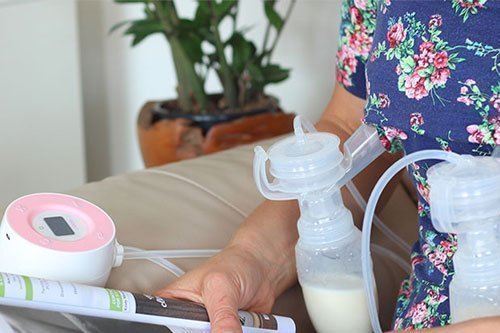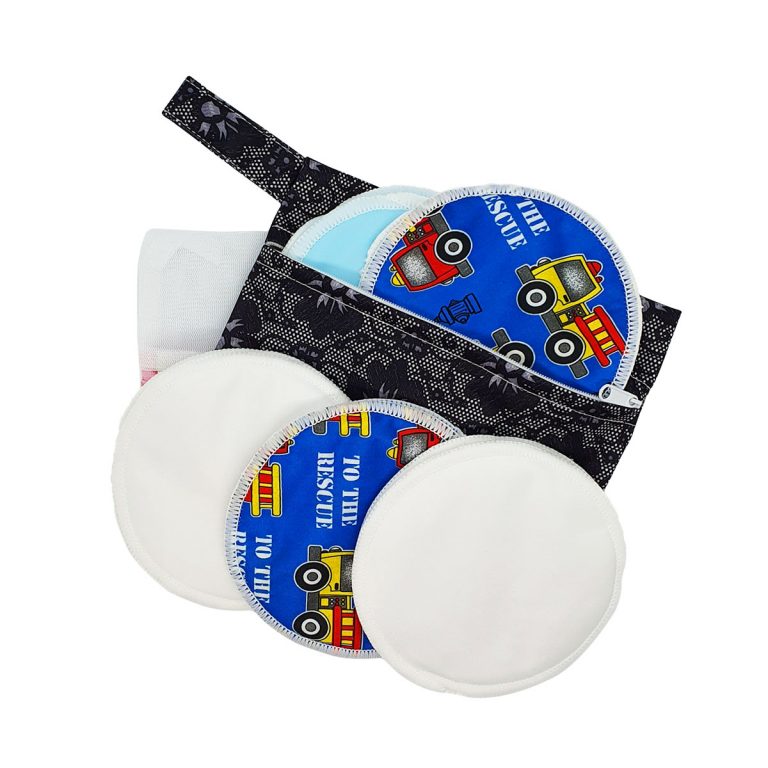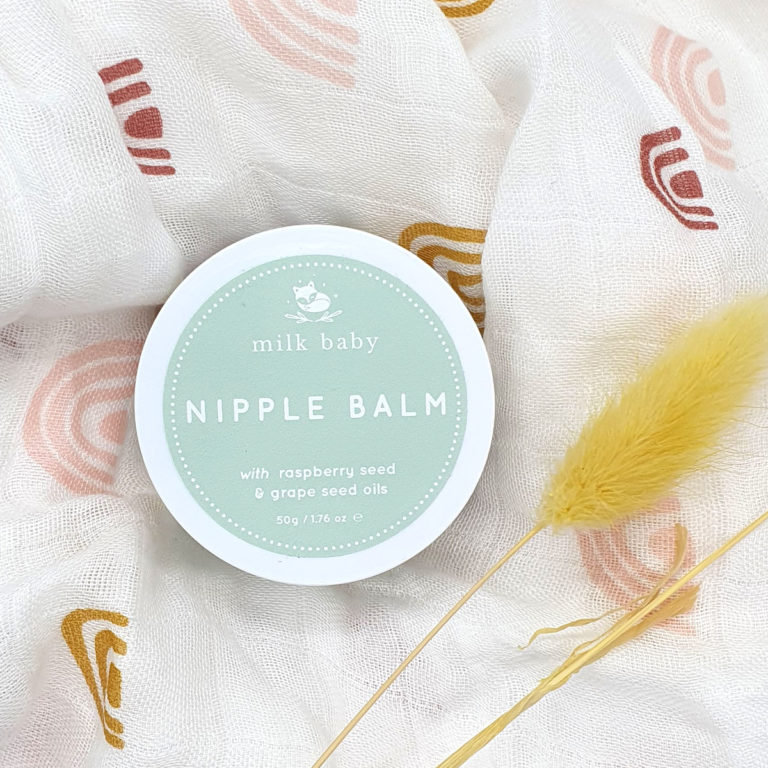How To Use A Breast Pump
Simple tips for first time mums
Just like breast feeding, pumping is a skill that you learn. When first trying a breast pump, most mothers are only able to express a few drops of milk. With the proper practice and knowledge, the mother will be more efficient at pumping.
Preparing an electric breast pump
- Read all the instructions in the kit very carefully.
- Follow the instructions and sterilise all the parts and accessories that’s required to be sterilised before you begin using it.
- After use, all the parts of the pump will need to be washed in warm, soapy water, then rinsed with hot water and drained on a clean towel. The plastic tubing doesn’t need to be cleaned unless you get milk into it. If you do wash it, it should be hung to allow time to dry and drain thoroughly.
- If your health care provider feels the need, the kit can be sterilized every day or after each use.
- When you first start with an electric pump, the suction level should be on the lowest possible setting to avoid soreness or discomfort.
Preparing a manual breast pump
Follow the same simple steps as you would for an electric breast pump. Manual and silicone breast pumps are simple as they don’t contain various function settings and tend to be easier to clean.
Silicone breast pumps will need to be stored in a cool dry place, away from direct sunlight and away from sharps.
Getting started
- Warm compresses, gentle massages of the breast and gentle nipple stimulation will help to stimulate a quick let down.
- You should always relax while doing breast massages during pumping. The more relaxed a mother is, the better let down she’ll have and the more milk will be dispensed.
- If your breast pump has massage functions then hand massage is not necessary unless you need to.
- Your first attempts at pumping should be considered practice sessions with learning to use the breast pump as the goal, not how much milk is actually being expressed. Familiarise yourself with the pump functions and settings to determine the best setting for you.
- When you use a hand pump, quick, short pumps at the start is stimulating and will imitate more closely the way a baby breastfeeds. Once the let down occurs and milk starts to flow freely, long, steadier strokes are more effective and less tiring.
- When you learn to pump, you should practice for 5 minutes or so on a side at least once or twice a day. Always pick the least stressful part of your day for pumping.
Relaxing and realising that the pump is your friend is the single most important thing that a mother can do. There are several things that a mother can do to help herself relax, such as putting a picture of the baby on the pump, playing games on your phone, watching your favourite program, Netflix, read books, or talk on the phone. Simply watching the collection bottle is not helpful and will probably put more stress on you than you actually need.
If you are pumping to build up a stash, remember to allow some time to accumulate a certain amount of breast milk, so prepare yourself. Don’t expect that you will collect large amounts of expressed milk in one or only a few pumping sessions. Try to pump at the same time each day to regulate your body and to ensure your expressed breast milk contains the same components with each pumping session. Breast milk components and nutrients changes every 24 hours in response to the needs of your baby.







